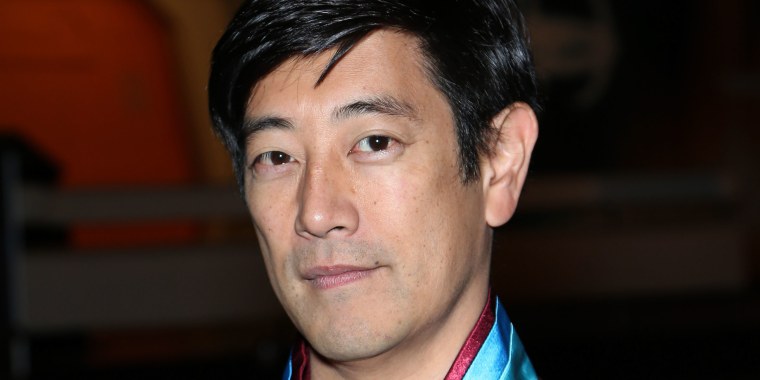Bleeding in the brain may sound like an extreme medical condition, but millions of Americans are living with unruptured brain aneurysms without knowing it.
"Mythbusters" host Grant Imahara was only 49 when he passed away on Monday night, with the cause of death believed to be a brain aneurysm, a Discovery Communications spokeswoman told The New York Times.
"Game of Thrones" star Emilia Clarke survived two brain aneurysms, the actress revealed in 2019.
“I know that I am hardly unique, hardly alone. Countless people have suffered far worse, and with nothing like the care I was so lucky to receive,” Clarke wrote in an essay published in The New Yorker. “I nearly lost my mind and then my life.”
Brain aneurysms can strike at any age. Here’s what you need to know about the condition:
What is a brain aneurysm?
It’s a bulge or "ballooning" in the weak spot of an artery wall that — if it grows large — can burst and cause life-threatening bleeding, according to the National Institutes of Health.
Aneurysms can happen anywhere in the body, but most occur in the aorta, the major artery running from the heart.
Clarke had brain aneurysms, also called cerebral aneurysms, which affect about 5 percent of the population, the American Heart Association noted. The most common type is a "berry aneurysm," a term that describes the size and appearance of the artery bulge.
A ruptured brain aneurysm causes a type of stroke known as a subarachnoid hemorrhage.
Brain aneurysm causes:
“Most aneurysms probably develop as a result of wear and tear on the arteries throughout a person’s lifetime,” the Brain Aneurysm Foundation noted. Some people can inherit a tendency for weak blood vessels, it added. Severe head trauma or infection can also play a role.
Risk factors for developing a brain aneurysm include smoking, high blood pressure and a family history of aneurysms. They can happen at any age, but most develop after 40.
Women are at greater risk for developing the condition than men, and people of color have an increased risk of ruptured aneurysms.
About 6 million Americans are living with an unruptured brain aneurysm, said Dr. David Altschul, a neurosurgeon at Montefiore Medical Center in New York.
“The truth is, though, that most brain aneurysms don’t rupture — only 30,000 aneurysms a year rupture of those 6 million people who have brain aneurysms,” Altschul told TODAY. “So it’s up to experts to decide who is best for treatment and who needs to be watched closely.”
He recommended people talk to their doctors if they are at risk.
What causes brain aneurysms to bleed?
High blood pressure, heavy lifting or straining, strong emotions like anger, and certain medications such as blood thinners can increase the chance for an aneurysm to rupture, according to the American Stroke Association.
Once an aneurysm bleeds, there’s a 40 percent chance of death.
Brain aneurysm symptoms:
They depend on how large the aneurysm is and whether it’s growing, pressing on a nerve in the brain or has burst. Small, unruptured aneurysms usually produce no symptoms and may be found by accident during imaging tests for other conditions.
The National Institute of Neurological Disorders and Stroke lists these warning signs:
Symptoms of a larger aneurysm that is steadily growing:
- Numbness on one side of the face or body
- Pain above and behind the eye
- Droopy eyelid or a dilated pupil
- Double vision or other vision changes
Symptoms of a ruptured brain aneurysm:
- A sudden, unusually severe headache
- Nausea
- Stiff neck
- Impaired vision
- Vomiting
- Loss of consciousness
- Signs of a stroke
CNBC reporter Sharon Epperson was exercising in the fall of 2016 when an aneurysm burst in her brain. She suddenly experienced what she described as the worst headache of her life and a stiff neck.
“I felt an incredible sensation in my head that I’d never felt before,” she recalled. “I knew something was wrong immediately… It was so sudden, so painful and so unusual.”
Brain aneurysm treatment:
Small unruptured aneurysms that produce no symptoms may not need any treatment, but should be monitored regularly, the National Institute of Neurological Disorders and Stroke noted.
In other cases, the size, location and shape of the aneurysm will determine whether surgery — such as clipping, a procedure where doctors reduce the blood flow to the artery bulge — is needed.
Ruptured brain aneurysms are an emergency and require immediate medical attention. Recovery may take weeks or months.


